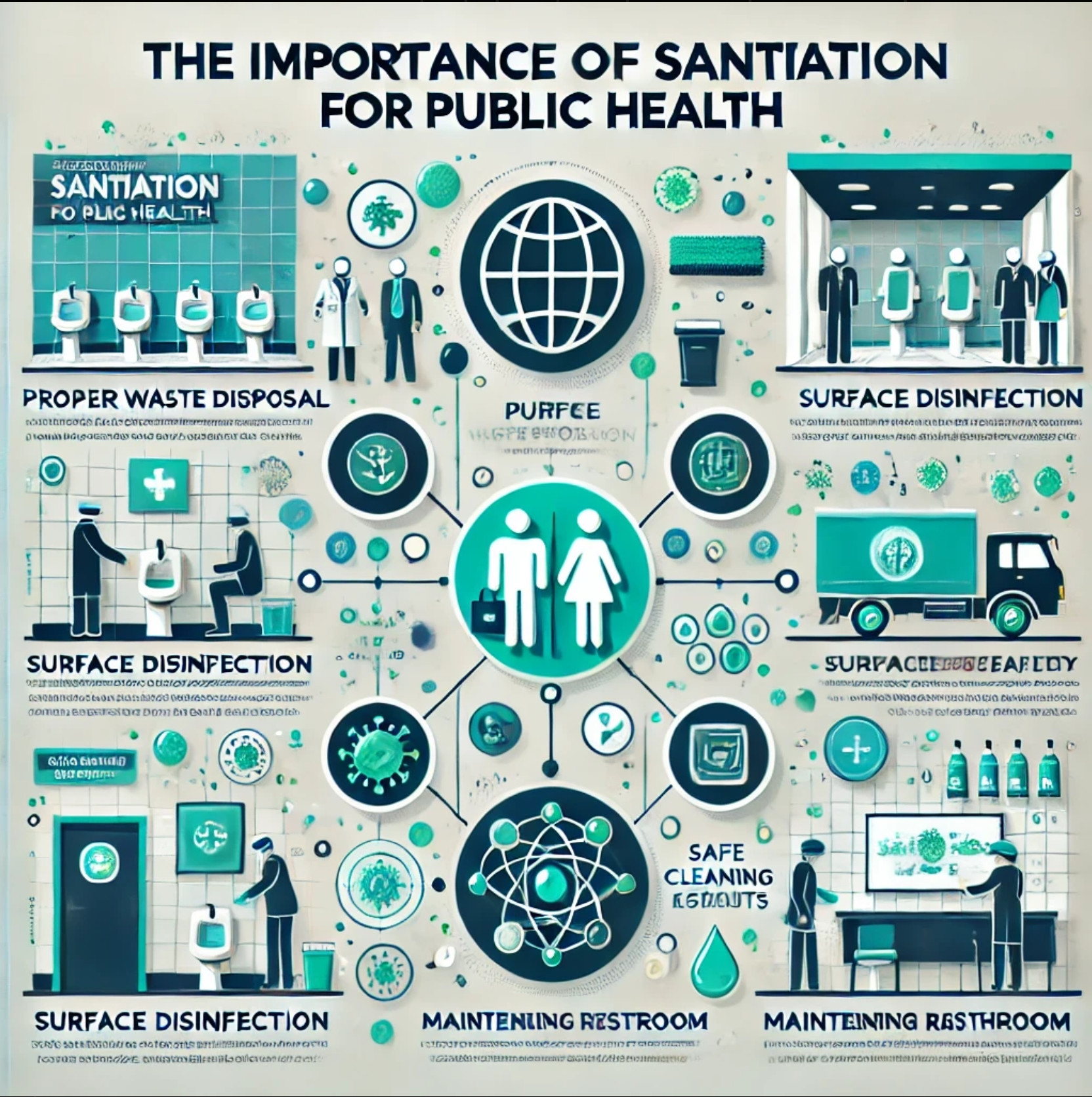Proudly Officially Cleaning Since 2020 Proverbs 16:3
Call : (903) 424-1607


In an era where global travel, population density, and emerging diseases make public health a top priority, cleanliness has become a frontline defense against illness. Whether it's a bustling commercial space, a healthcare facility, or a public transport hub, maintaining a clean environment is no longer just about aesthetics—it's a matter of health and safety.
Pathogens thrive in unsanitary environments. Bacteria, viruses, and fungi can linger on surfaces for hours or even days, increasing the risk of infections. Regular cleaning and disinfection reduce the chances of transmission, making public spaces safer for everyone. High-touch surfaces such as door handles, elevator buttons, and handrails require extra attention to minimize cross-contamination.
Cleanliness is especially crucial for protecting vulnerable populations, including the elderly, children, and those with weakened immune systems. For these groups, exposure to harmful pathogens can lead to severe health consequences. Ensuring that public areas remain clean helps create a safer environment for everyone, but it is particularly vital for those at higher risk.
In commercial settings, cleanliness directly impacts public perception. A well-maintained space fosters trust and confidence among visitors, customers, and employees. Businesses that prioritize hygiene demonstrate their commitment to public safety, which can enhance their reputation and customer loyalty.
Regular Cleaning and Disinfection: Establish a consistent schedule to clean high-touch surfaces and communal areas.
Use of Appropriate Cleaning Agents: Ensure that disinfectants used meet regulatory standards and are effective against common pathogens.
Training and Awareness: Educate staff about hygiene protocols and the importance of maintaining clean environments.
Hand Hygiene Promotion: Provide hand sanitizing stations in key areas to encourage frequent handwashing.
Cleanliness is no longer a choice—it's a necessity for public health. As the world navigates new health challenges, maintaining high standards of hygiene in public spaces is essential for preventing disease and protecting communities. By prioritizing cleanliness, we contribute to a safer, healthier future for all.